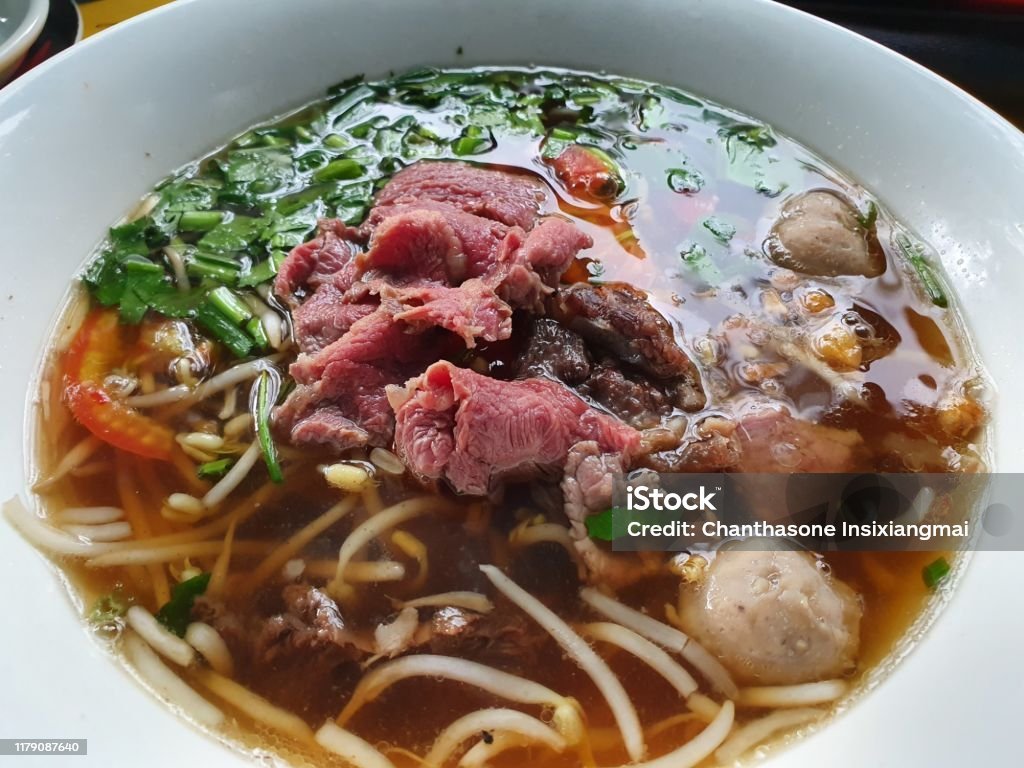
Origin and Cultural Significance of Bánh Chưng and Bánh Tét
Bánh Chưng and Bánh Tét are integral parts of Vietnamese Tet celebrations, each with its history and symbolism. Bánh Chưng, as previously mentioned, symbolizes the land and is linked to the legend of Prince Lang Liêu. Meanwhile, Bánh Tét is believed to represent the sky and is more prevalent in the southern regions of Vietnam. Both dishes express gratitude to nature and ancestors, embodying the spirit of the Tet festival.
Preparation of Bánh Chưng and Bánh Tét
While Bánh Chưng is square-shaped, Bánh Tét is cylindrical, reflecting the diversity in traditional Vietnamese cuisine. Bánh Tét is made similarly to Bánh Chưng, using glutinous rice, mung bean, and pork belly, but it is wrapped in a cylindrical form using banana leaves. The cooking process for Bánh Tét is similar, requiring several hours of simmering to achieve the perfect flavor and texture.
Variations and Serving
Both Bánh Chưng and Bánh Tét have seen contemporary adaptations. While Bánh Chưng is popular in Northern Vietnam, Bánh Tét is more commonly found in the South. Variations include vegetarian versions with different fillings like black beans or coconut and creative takes like fried versions for a crispy texture.

Significance in Tet Celebrations
During Tet, both Bánh Chưng and Bánh Tét are not only culinary staples but also central to the rituals of ancestor worship. These dishes are meticulously prepared, often involving the participation of family members, thus reinforcing familial bonds and cultural heritage.

Storing and Enjoying Bánh Chưng and Bánh Tét
Post-cooking, both Bánh Chưng and Bánh Tét can be preserved in the refrigerator. They are traditionally cut into slices and can be served cold or reheated. Accompaniments like pickled onions or sweet and sour fish sauce enhance their flavors. Fried versions offer a delightful contrast with a crispy exterior and soft, flavorful interior.

Conclusion
Bánh Chưng and Bánh Tét are more than just traditional dishes; they are symbols of the rich cultural tapestry of Vietnam. Their deep-rooted histories and evolving preparations represent the harmony of tradition and innovation. During Tet, these dishes are a feast for the taste buds and the soul, encapsulating the essence of Vietnamese traditions and the unifying spirit of family and community.






